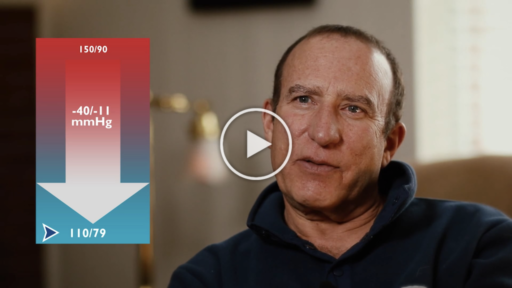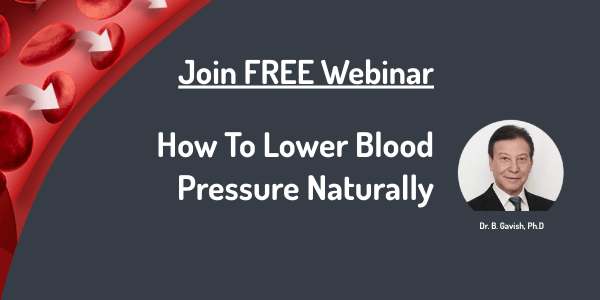Blue Light Photo-toxicity
The blue light in LED lighting that is increasingly used in our homes can damage the eye’s retina. It also disturbs our biological and sleep rhythms, a French health authority warned in a new report.
The French Agency for Food, Environmental and Occupational Health & Safety (ANSES) warned in a statement that LED lighting is “photo-toxic” and can cause an irreversible loss in retinal eye cells.
LED stands for light-emitting diode. When compared to a regular incandescent lightbulb, an LED light bulb is more efficient as it can use only one-fifth of energy to produce the same amount of brightness. Yahoo News reported last week that the global micro and macro LED market is expected to reach $6 million by 2024.
ANSES said that automobile makers should “limit the luminosity of vehicle headlights”. ANSES also recommended buying “warm white” LED lighting for homes as an alternative to “cool white” LED light bulbs commonly found in retail stores.
While LED lighting found in homes and on automobiles can damage your eyes, LED lighting in electronics can negatively affect your natural sleeping patterns, ANSES added.
A researcher and project manager at ANSES, Dina Attia, said that disturbed circadian rhythms caused by LED lighting in electronics can various ailments. Ailments such as diabetes, cardiovascular illnesses, and cancer in the long run.
It is, therefore, healthy to refrain from using electronic devices such as phones and portable gaming systems before going to sleep or while in the dark. Attia added young children and adolescents should be especially careful, as the crystalline lens in their eyes is not fully formed.
Watch How Mark Lowered His Blood Pressure Naturally. It was 150/100, this morning it was 110/79 Watch Video
Last but not least, the ANSES report claimed that a stroboscopic effect in some LED lights can cause “headaches, visual fatigue, and a higher risk of accidents.”
The Reason That Blue Light Is So Problematic
Blue Light has a short wavelength that affects levels of melatonin more than any other wavelength does. Light from fluorescent bulbs and LED lights can produce the same effect. Normally, the pineal gland in the brain begins to release melatonin a couple of hours before bedtime. Melatonin reaches its peak in the middle of the night.
When people read on a blue light-emitting device (like a tablet, rather than from a printed book) in the evening, it takes them longer to fall asleep. Plus, they tend to have less REM sleep (when dreams occur) and wake up feeling sleepier— even after eight hours of shuteye.
Consider these effects good reasons to impose a digital curfew on your yourself. Power down your electronics, including the TV, an hour or two before bedtime. This allows your body to start producing more melatonin. If that’s just not possible—if you are madly finishing your work on a computer, for instance—it helps to dim the brightness on the screen.
You can also install an app that automatically warms up the colors on the screen—away from blues and toward reds and yellows—at sunset. Also, avoid using energy-efficient (blue) bulbs in nightlights in bedrooms and bathrooms. Instead, opt for dim red lights instead because red light has a higher wavelength and does not suppress the release of melatonin.
I recommend downloading FLUX. I use this on my computer when I am working at night and it really helps to cut down on the blue-light emitted from my screen.







 Download Brochure
Download Brochure